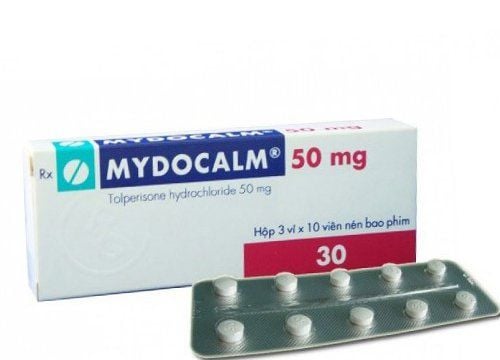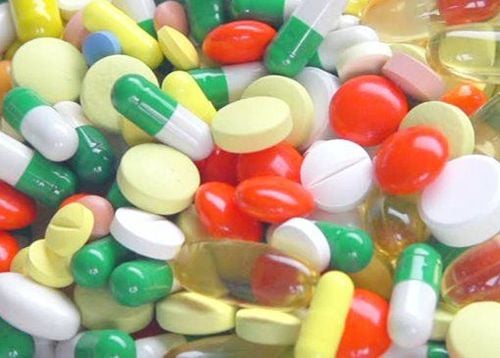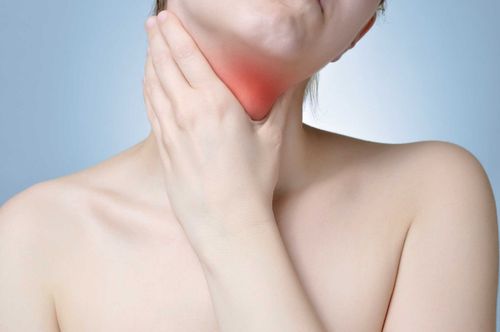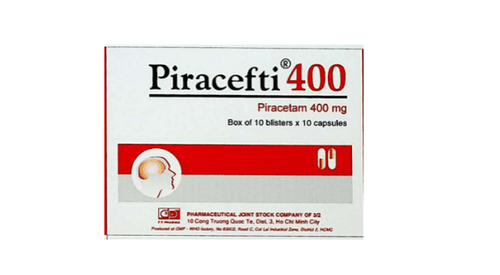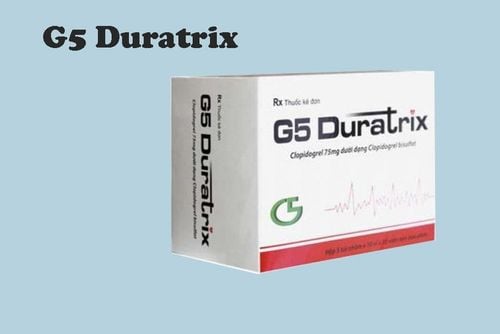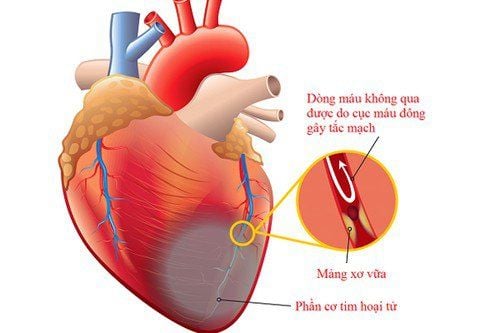This is an automatically translated article.
The article is professionally consulted by Master, Doctor Bui Tien Dat - Emergency Medicine - Cardiology - Emergency Resuscitation Department - Vinmec Hai Phong International General Hospital. The doctor has more than 12 years of experience in the field of emergency resuscitation - cardiology.Brain injury from a stroke can leave long-term sequelae for the patient. Although some people can recover quickly, there are cases where rehabilitation is required for a long time. The process therefore depends on the symptoms and severity of the stroke.
1. Common sequelae after a stroke
A stroke (also known as a cerebrovascular accident) is a serious brain injury caused by an interruption in the blood supply to the brain. This condition causes the cells to not receive the adequate amount of oxygen they need to perform their functions.Some medical conditions patients may experience after a stroke include: Spasticity, weakness and paralysis.
Accordingly, some people will only feel muscle tension or stiffness that makes it difficult to move, but for many others the condition can be more serious such as loss of control of movement of the legs, arms or even quadriplegia or hemiplegia. According to experts' estimates, 80% of stroke survivors have paralysis or reduced motor function mainly on one side of the body.
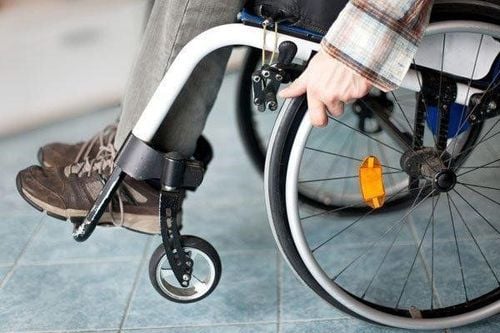
Recovery from a stroke should begin as soon as possible: Usually a stroke patient's condition will stabilize in about 24-48 hours and doctors will quickly conduct rehabilitation methods. After leaving the hospital, the patient still needs to continue exercising at home according to the doctor's instructions. Do exercises to improve range of motion: Continuous bending and stretching of the paralyzed limb promotes increased blood flow, making movements easier. If there is no one to practice with the patient, it is possible to use the non-paralyzed hand to gently stretch the paralyzed wrist, arm, and finger. Perform muscle-strengthening exercises: These exercises help strengthen muscles, improve the use of paralyzed limbs. Electrotherapy: A safe way to stimulate the nerves that control muscle activity in the event of damage from a stroke. The electrical impulses help increase muscle tone, relieve pain and stiffness, thereby helping the body gradually regain control of the paralyzed muscles. Train complex motor skills: Complex motor skills are the ability to perform small movements with the hands and fingers accurately. Patients can exercise themselves by trying to pick up small beans and put them in cups. This exercise requires great perseverance on the part of the patient if it is to be successful. In addition to physical exercises, the patient can be treated for muscle spasticity with injections or oral medications. Muscle relaxants act on the nervous system to help paralyzed muscles relax, relieve pain and partially regain their movement. However, these drugs can come with some side effects such as drowsiness and fatigue and they must be used under the direction of a doctor. In cases where the above drugs do not respond to the paralyzed muscle, Baclofen therapy can be used. This is a surgical procedure to implant a small pump that delivers the muscle relaxant Baclofen into the spinal cord. This method helps limit the side effects of muscle relaxants but is not recommended. Life skills retraining: It is one of the most important contents in the rehabilitation process after a stroke to help patients move around and perform daily self-care activities such as changing clothes. Dressing, bathing, cooking, cleaning, etc. Maintenance of rehabilitation methods: The first three months after a stroke is the time when rehabilitation is most effective. However, continuing to maintain and improve the level of exercise is also essential to restore the maximum motor functions of the paralyzed muscles.
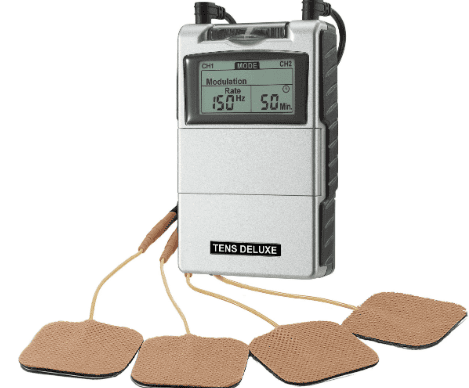
2. Stroke sequelae affecting organs in the body
A stroke can leave many sequelae related to different organs and systems in the body such as:Respiratory system: Brain damage can make eating and drinking difficult. This is a common symptom but can improve over time as the stroke passes. However, if brain damage occurs at the center that controls the body's breathing activities, it can lead to respiratory arrest or even death. Nervous system: The sequelae of a stroke to the nervous system are very severe. Patients may lose the ability to feel some sensations such as heat, cold, pain ... or vision loss if the nerves in the eye area are damaged. It even causes a series of neurological problems such as memory loss, dementia and behavioral changes such as anger, depression. If it is damage to the motor nerves, the patient can be paralyzed after a stroke. Circulatory system: The circulatory system is largely affected by habits that cause stroke patients such as smoking, drinking a lot of alcohol, or having high blood pressure or diabetes.... If you have had an external stroke. Rehabilitation exercise patients also need to change their lifestyle, change their diet as well as their exercise regimen.
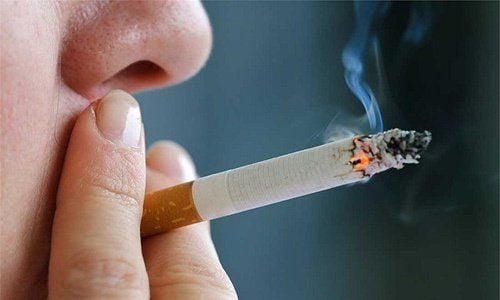

Vinmec International General Hospital currently owns a 3.0 Tesla MRI System, which is equipped with state-of-the-art equipment by GE. Healthcare (USA) with high image quality, allows comprehensive assessment, does not miss the injury but reduces the time taken to take pictures. Silent technology helps to reduce noise, create comfort and reduce stress for the client during the shooting process, resulting in better image quality and shorter imaging time. With the state-of-the-art MRI system With the application of modern methods of cerebral vascular intervention, a team of experienced and well-trained neurologists and imaging specialists, Vinmec is a prestigious address for stroke risk screening and screening. reliable goods.
In the past time; Vinmec has successfully treated many cases of stroke in a timely manner, leaving no sequelae: saving the life of a patient suffering from 2 consecutive strokes; Responding to foreign female tourists to escape the "death door" of a stroke ;...
Please dial HOTLINE for more information or register for an appointment HERE. Download MyVinmec app to make appointments faster and to manage your bookings easily.
Reference sources: webmd.com, nhs.uk, healthline.com




